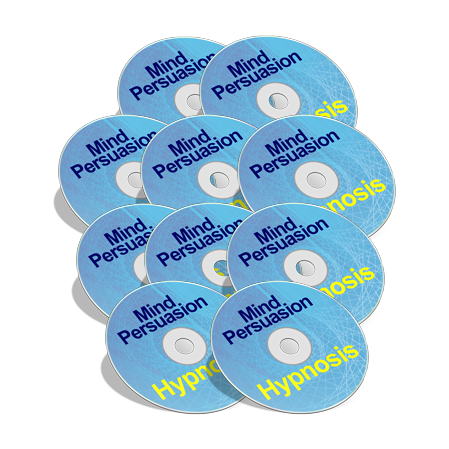If you’ve ever had to give a speech, you know how nerve wracking it can be. What to say, how long to give it, how to begin. Should you memorize your whole speech or use note cards? What should the topic of your speech be? Informative, funny, persuasive?
If you are in sales and you have to give presentations on a regular basis, you know how tough some audiences can be. The kind of audience you give a sales presentation to is a completely different animal that your friendly neighborhood toastmasters group.
One is completely accepting and supportive, the other sits there with their arms crossed wondering what you have of value to offer them.
One way that you can deliver a powerful presentation to either group is to harness and leverage their criteria. Eliciting criteria is fairly straightforward in an individual setting. You merely need to ask the other person what they are interested in, and explore that through some probing questions.
With a large audience, however, this can be a bit more difficult. With the two different groups mentioned above, you’ll need to develop two different strategies, both involve a bit of creative thinking
With a group of toastmasters or a class at school, everybody has the same criteria: To improve their speaking. Simply by taking turns speaking you are all fulfilling each other’s criteria. This is relatively simply. If you want to supercharge your popularity at your next toastmasters group, give a speech on how to give better speeches. It’s a pretty safe bet that is what’s on everybody’s mind, so it would be much better received and appreciated than a speech on why you visit the dentist regularly.
For a sales speech, you can get a leg up by imagining what is important to your audience based on your product. Old school sales techniques dictate that you rattle off a series of features and benefits, followed by “what this means to you is…” Unfortunately that is a bit presumptuous, and can be a little off putting.
A simple way around this is to speak of your potential clients criteria in vague terms. Make statements that sound specific to your audience, but are relatively true for any given business. What do most businesses want to do?
Increase revenue.
Decrease overhead.
Increase productivity.
Increase efficiency.
Increase public image.
These are just a few, but most companies would agree to those in principle. The trick is to carefully explain why your product will do all those things for your prospective client. A great way to do this is to give examples of how you helped to do this with others.
Another very powerful way to do this is to elicit deeper level criteria. Again, this is much more difficult in a group setting, so it takes time to develop this skill. But once you learn how to do this on a regular basis, you will have astronomical closing percentages.
The way to do this is to structure your speech so that the audience is thinking of their deeper level criteria while you are speaking. One way to do this is to future pace, or getting them to imagine them in the future working with you. For example:
“Now I’m not exactly sure how you measure your efficiency, but with our services, we will work with your company, just like we have with many others, to ensure that those increases in efficiency that are specific to you. When you begin to think of the ways you’ll realize that you have an increase in efficiency, you can be confident that we have done those exact things with other companies.”
The trick is to be vague enough, and refer to the past when you’ve helped other companies do what your prospects want to do. When are vague enough, and confident enough, your clients will begin filling in the blanks on their own. Which will result in more sales for you.
